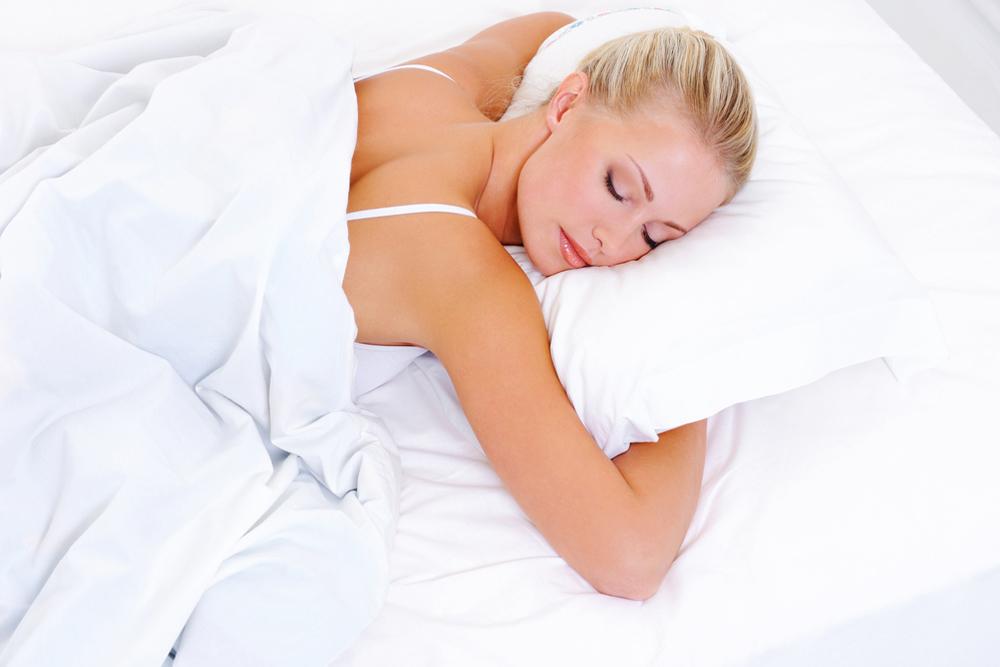Sleep Cycles: How Your Sleep Patterns are Regulated

Most people never think about sleep cycles until they begin feeling the impact of not getting an adequate amount of sleep. In fact, there are some people who only know of REM sleep because they hear about it in movies, read about it in books, or watch shows on television that mention it. However, they have little knowledge of what it means or how different sleep cycles impact their mental and physical health and well-being.
Understanding Sleep Cycles
There are essentially five stages, or cycles of sleep. They can be labeled as stages one to five, REM sleep and Non-REM sleep, or the following:
- Transition to Sleep
- Light Sleep
- First Stage of Deep Sleep
- Second Stage of Deep Sleep
- REM (Rapid Eye Movement) Sleep
Each of these sleep phases serves a purpose. The transition period, typically lasts up to ten minutes. This is when your body makes the transition from wakefulness to sleep. Light sleep is when your eye movements stop, your blood pressure drops, and your muscles relax. You’re no longer awake at this point. The two stages of deep sleep are particularly important because the bulk of the work your body does to repair the damage of the day, recover spent energy, and boost immunity occurs here.
This period of sleep typically lasts 40 to 60 minutes, and waking from deep sleep is more difficult. REM sleep is the period of sleep in which you dream. Waking just after REM sleep leaves you with vivid memories of your dreams, sometimes referred to as lucid dreams.
Regulating Your Sleep Cycles
When your body doesn’t receive an adequate amount of sleep at night, everything suffers to some degree. Missing as little as one hour of sleep at night can slow reaction time, reduce cognitive functions, and lower overall immunity.
Additionally, it can lead to a short fuse when dealing with others, which renders you somewhat unpleasant to be around. The damage to your day is greatly exacerbated when your sleep is interrupted during one of the two deep sleep cycles where your body is doing the greatest amount of repair during sleep. One way to avoid interrupting this vital cycle of sleep is to use a sleep cycle alarm clock to help you wake during the lighter sleep phases when the interruption is less problematic.
Regulating your sleep cycles for a better night’s sleep can also help a great deal. Here are a few steps you can take to achieve that goal:
- Establish a bedtime ritual.
- Get regular exercise during the day.
- Create favorable sleeping conditions (clear the room of clutter, electronics that distract from sleep, set the best temperature for sleeping, sleep on a comfortable mattress).
- Go to bed at the same time each night.
- Avoid large snacks before going to bed (cut off alcohol and caffeine during the hours leading up to bedtime as well). Instead eat foods that help you sleep.
Small changes yield big results in the quality of sleep you get at night as well as the amount of sleep you get. Developing a better understanding of your sleep cycles is just one part of the process of getting more productive sleep.
Link to Us!
If you found this article useful and shareable, please copy and paste the following into the html code of your website or blog:
Learn More About Going Green at the <a href="https://www.plushbeds.com/blogs/green-sleep/sleep-cycles">PlushBeds Latex Mattress Blog</a>.
*Please note that we DO NOT accept guest blog posts. Any inquiries into this will be respectfully left unanswered.
The post Sleep Cycles: How Your Sleep Patterns are Regulated appeared first on PlushBeds Latex Mattress Blog.
